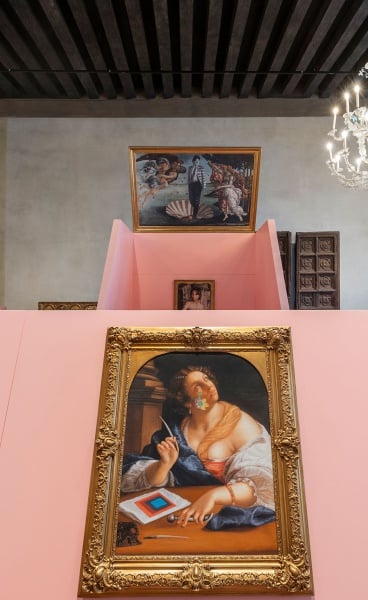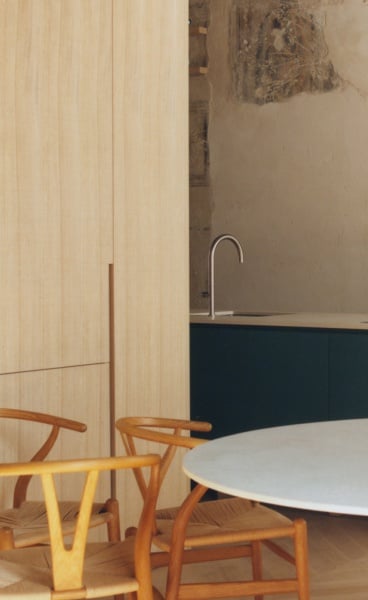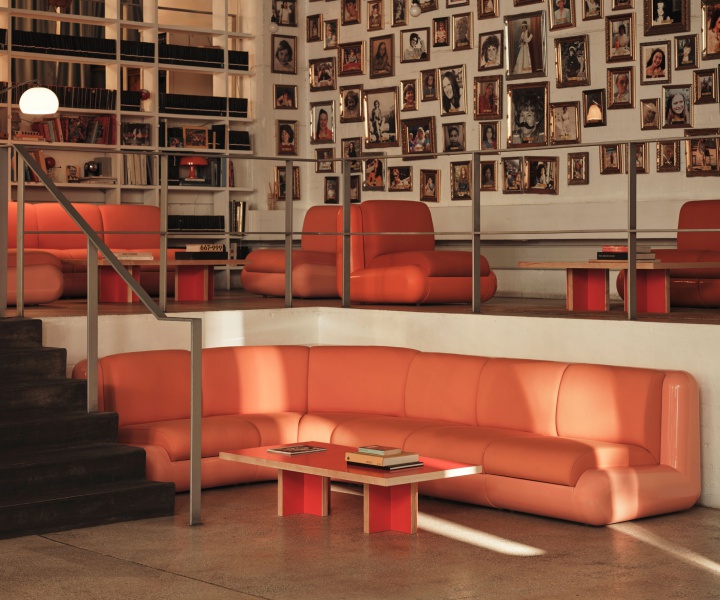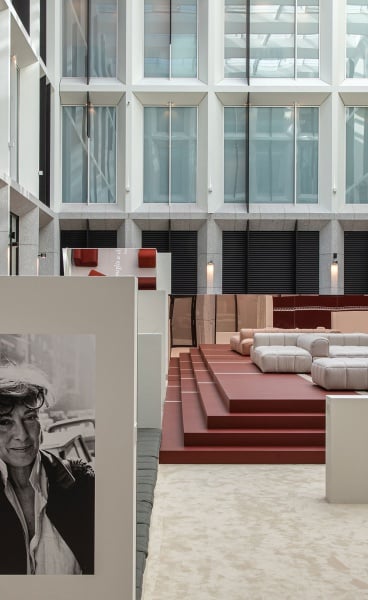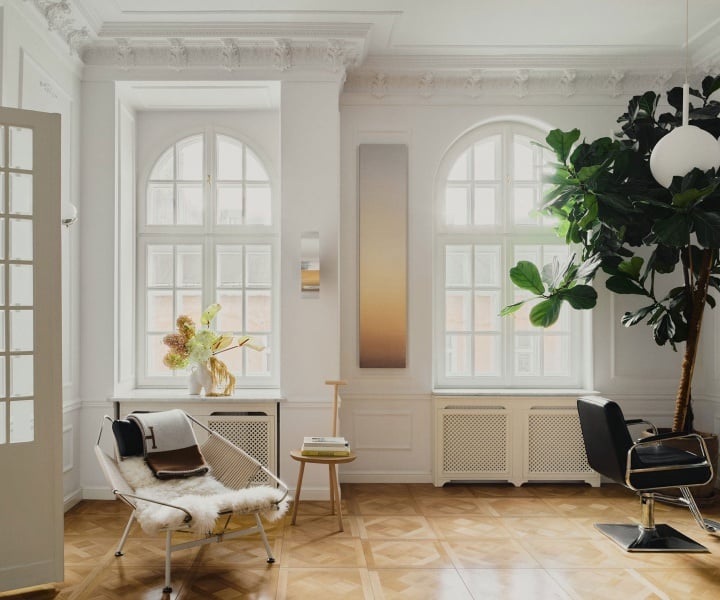Project Name
Noma 2.0Posted in
Interior DesignLocation
Architecture Practice
Bjarke Ingels GroupCompleted
2018| Detailed Information | |||||
|---|---|---|---|---|---|
| Project Name | Noma 2.0 | Posted in | Interior Design | Location |
Copenhagen
Denmark |
| Architecture Practice | Bjarke Ingels Group | Completed | 2018 | ||
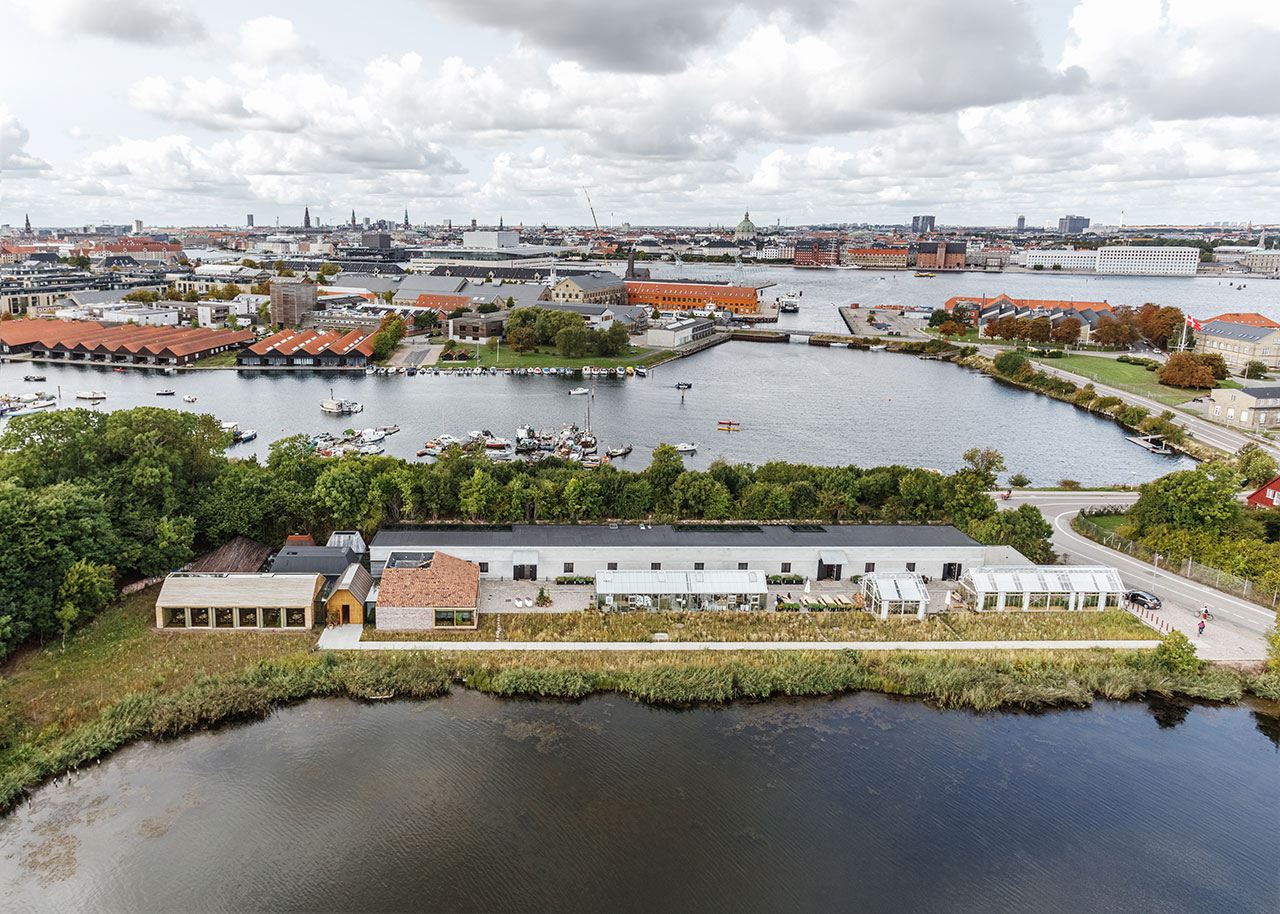
Photo by Rasmus Hjortshoj.
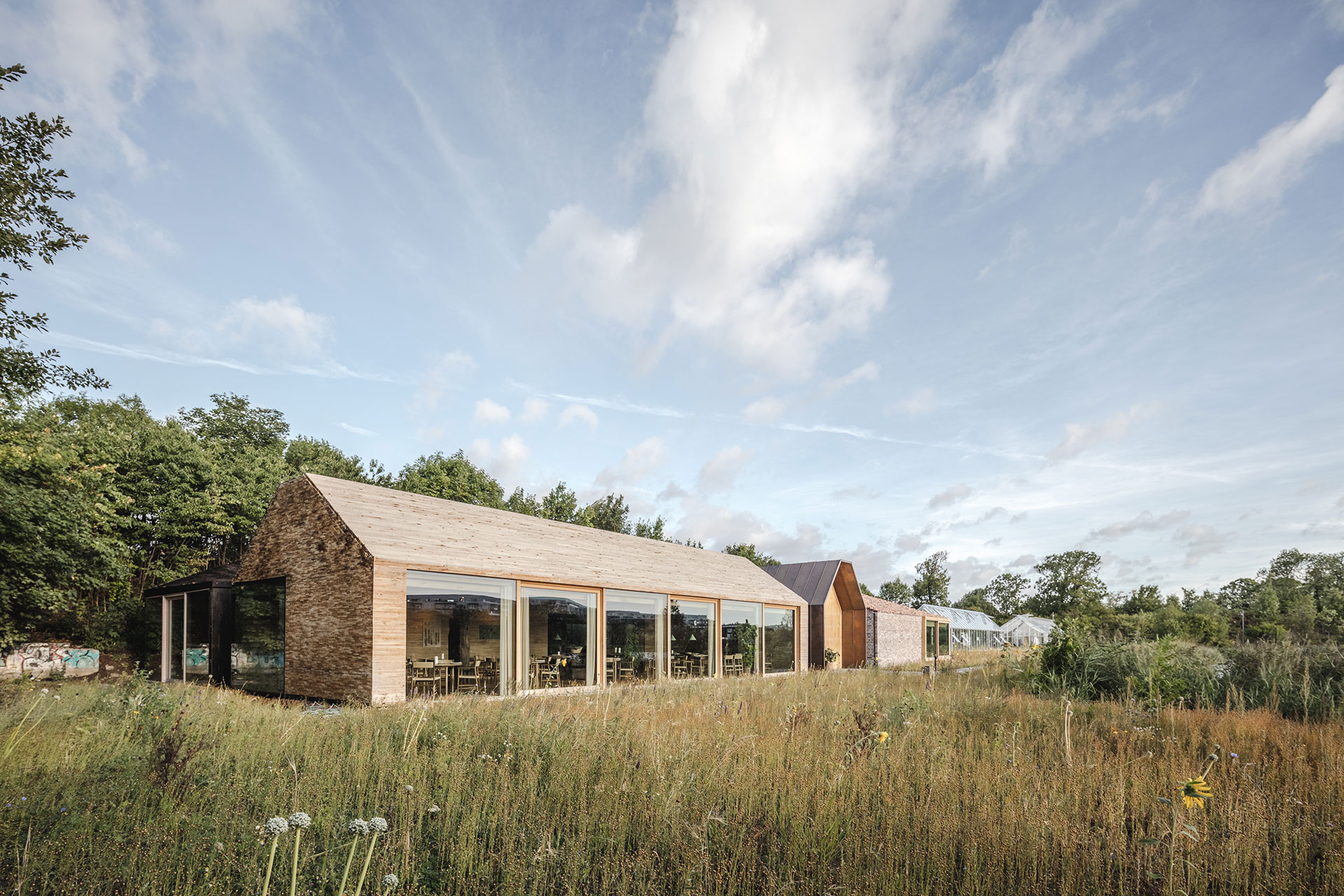
Photo by Rasmus Hjortshoj.
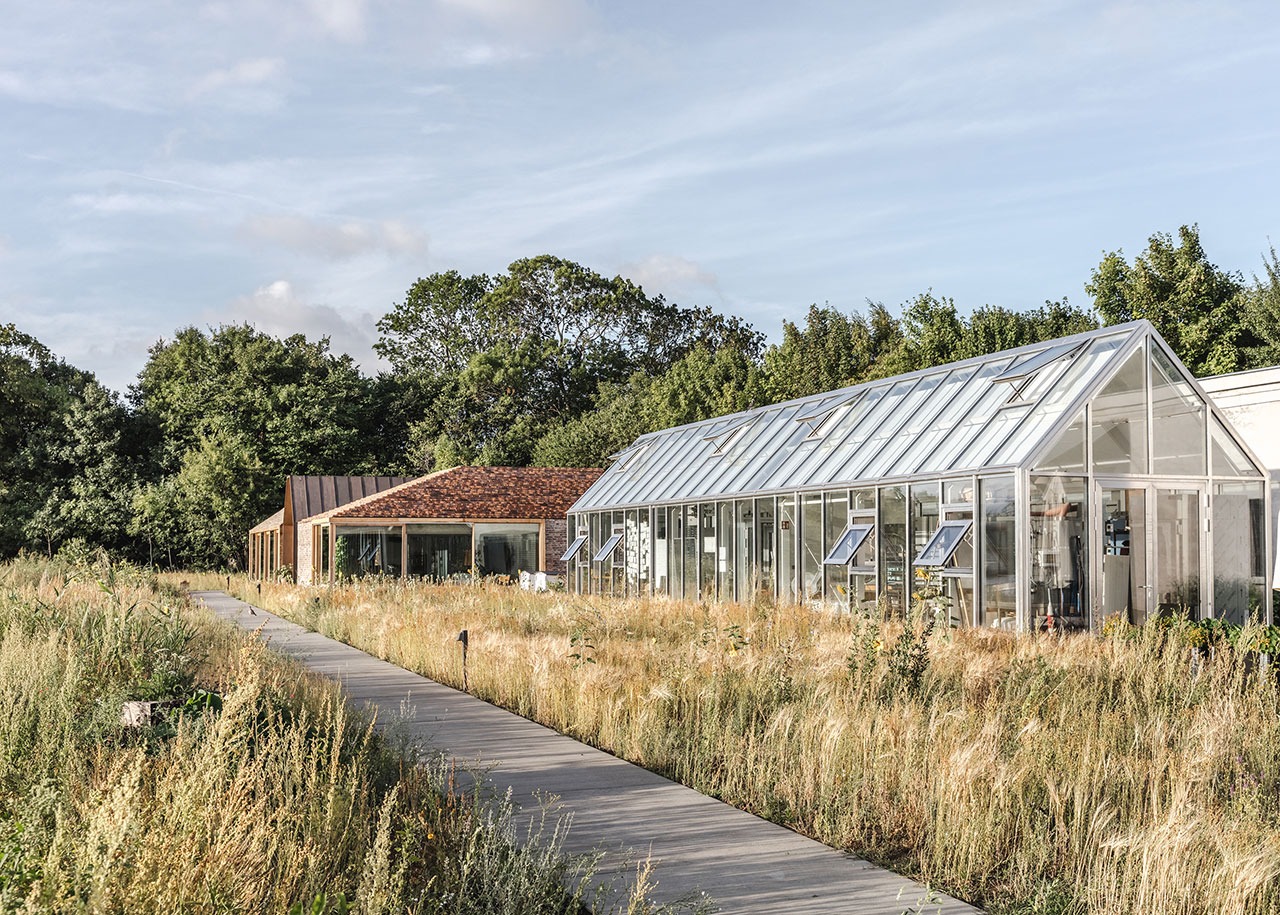
Photo by Rasmus Hjortshoj.
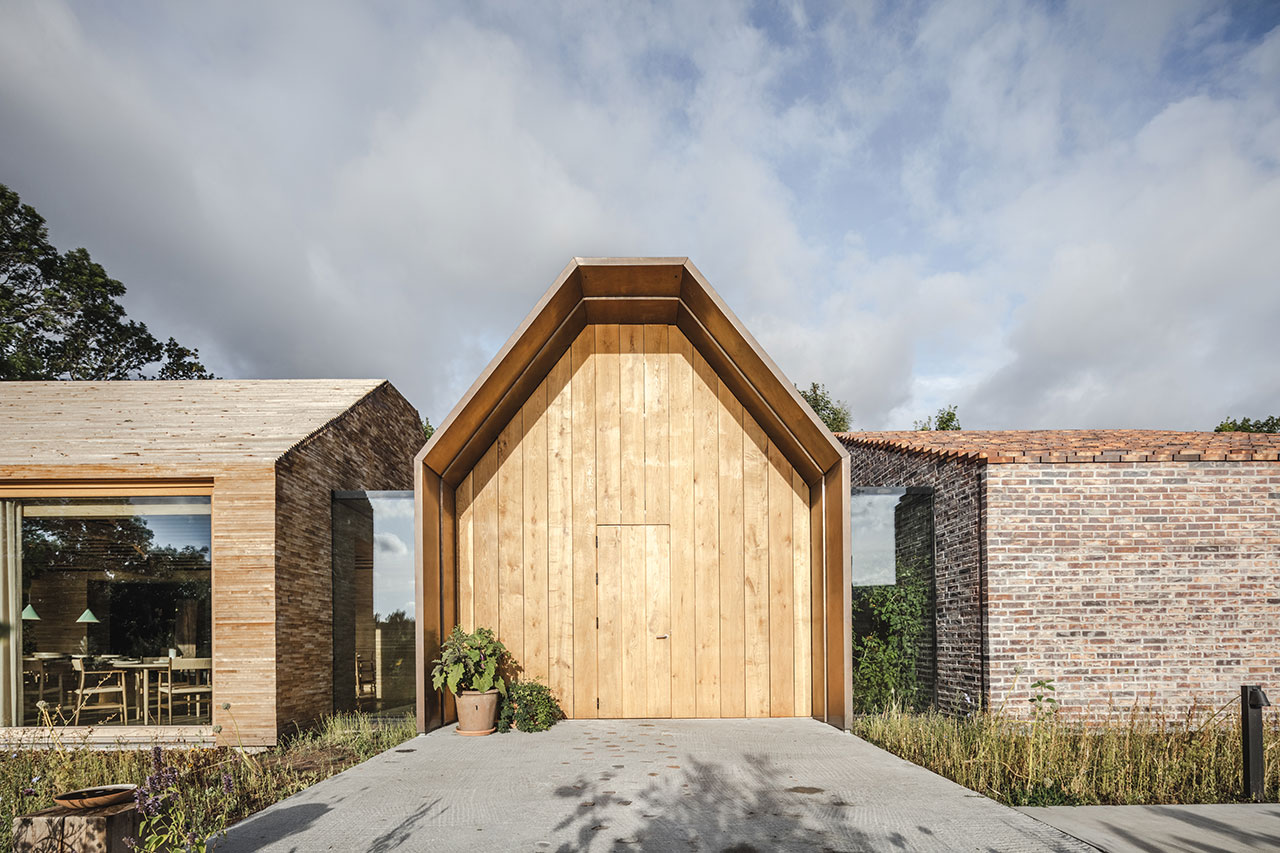
Photo by Rasmus Hjortshoj.
Due to its landmark status, strict regulations dictated both the location and the extent of the new extensions. Inspired by a traditional Nordic typology, the sæter, a loose cluster of farm building each with its own function and distinct appearance, NOMA and BIG came up with the concept of an intimate culinary garden village. Consisting of seven small buildings at the south end of the existing edifice, the “village” houses the restaurant’s public areas, seamlessly interconnected by glass-covered paths.
At the centre of the densely clustered structures is NOMA’s heart, the service kitchen, granting the chefs complete overview of the restaurant but also allowing guests to watch the chefs at work. Each of the other “village” buildings has been custom-designed for a specific function—reception, lounge, barbeque, wine selection, dining and private events—whereas the back-of-house functions have been relegated to the existing building with each space connected by a longitudinal corridor. This type of deconstructed layout, not unlike some of the intricate dishes on the menu, is further underlined by three greenhouses housing an indoor garden, a test kitchen and a bakery, located on the east of the old building on existing concrete foundations.
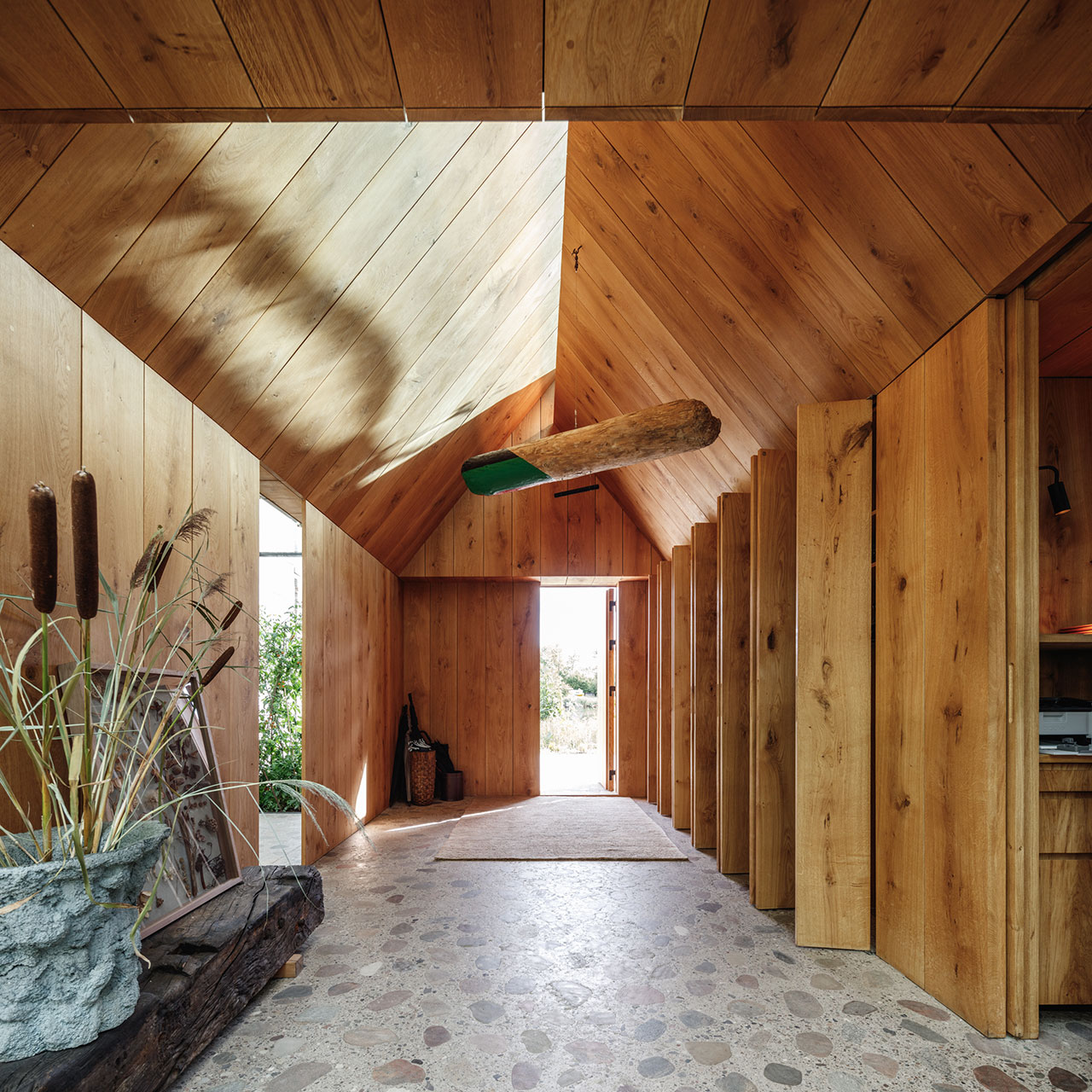
Photo by Rasmus Hjortshoj.
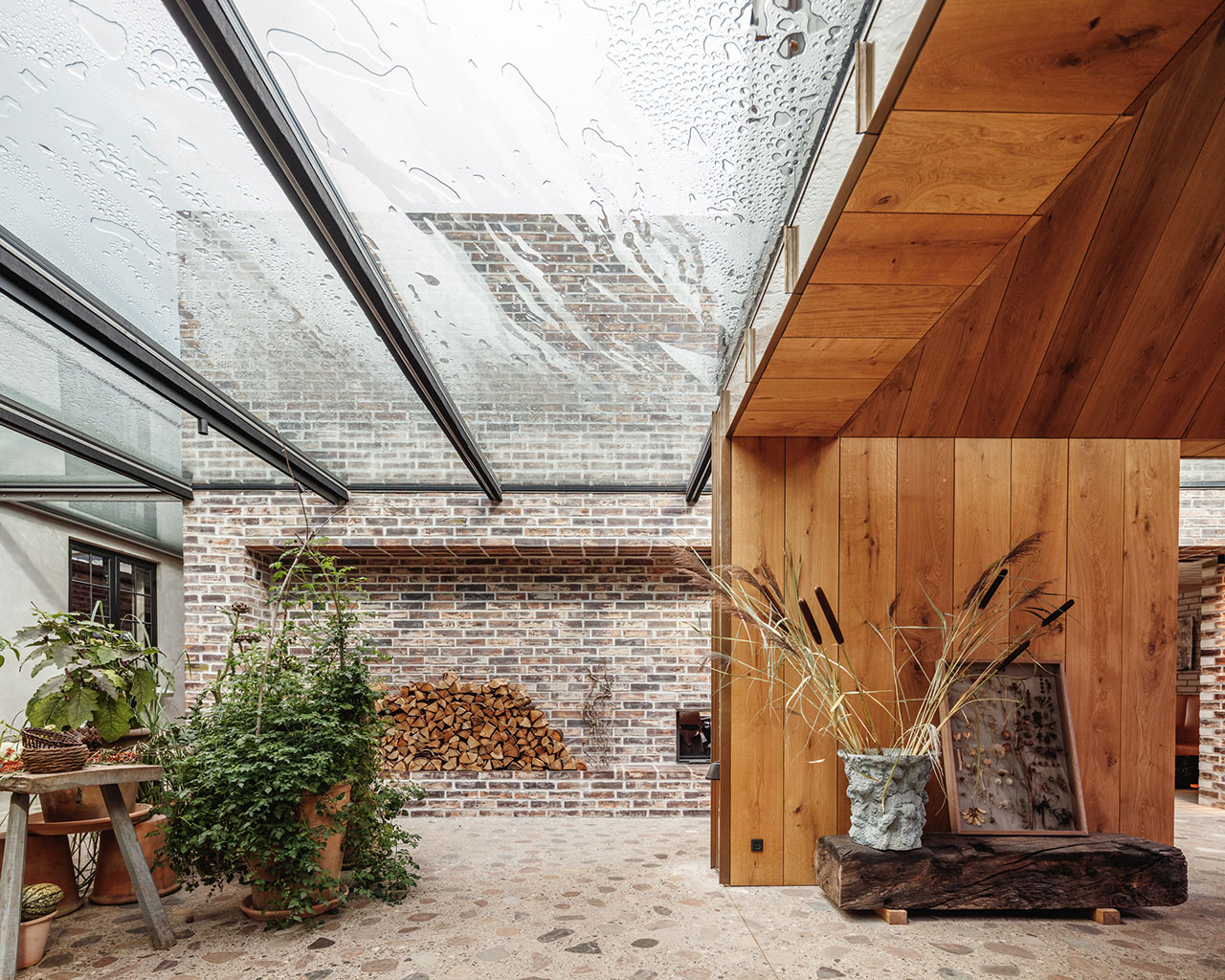
Photo by Rasmus Hjortshoj.
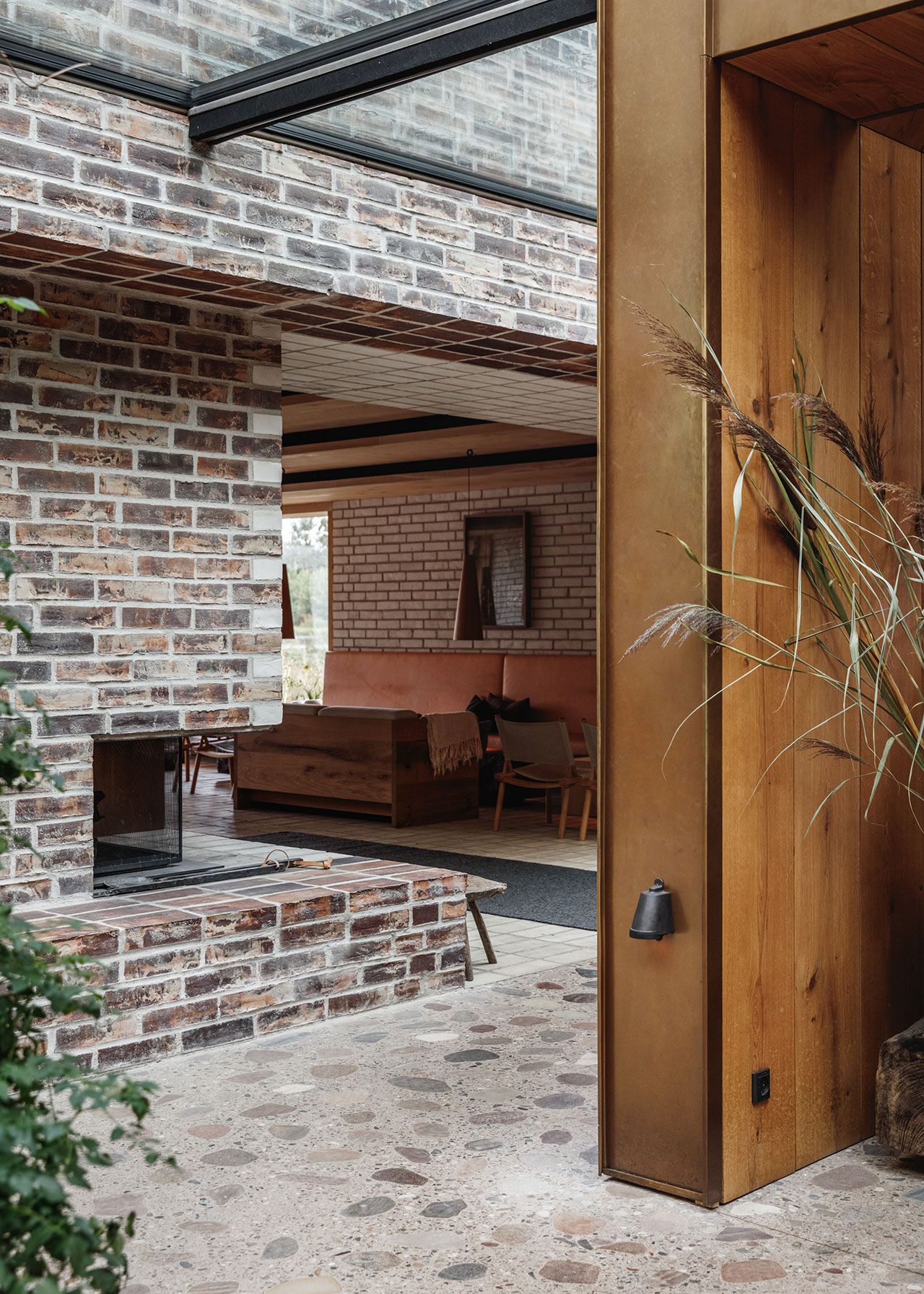
Photo by Rasmus Hjortshoj.
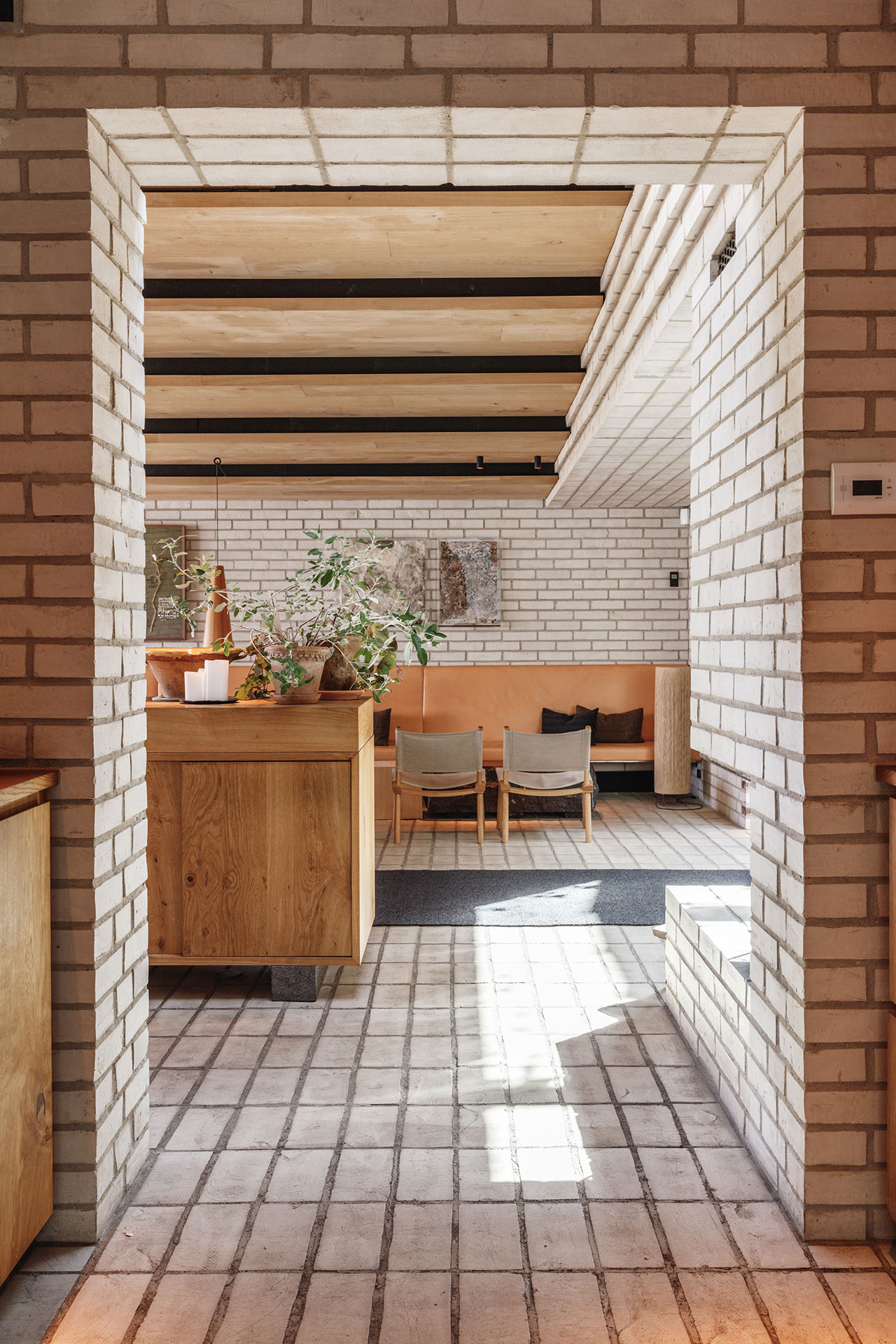
Photo by Rasmus Hjortshoj.
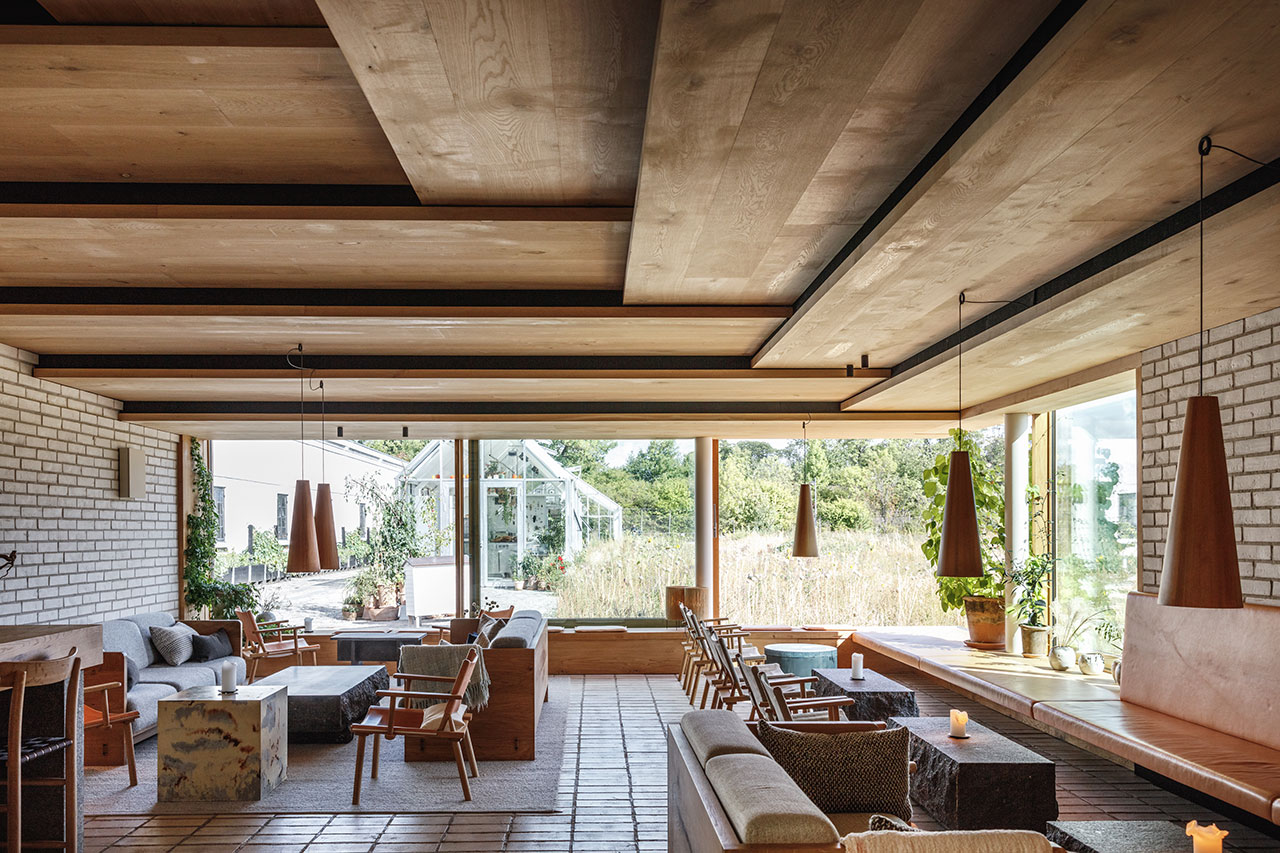
Photo by Rasmus Hjortshoj.
NOMA’s dishes are intrinsically linked with Scandinavia, its exclusive source of ingredients and inspiration, so it is only fitting that the restaurant’s interiors, designed in collaboration with Studio David Thulstrup, would be infused with the same gusto expressed through a no-nonsense sensibility of rustic modernism. Take the 40-cover dining hall: a bright and airy space, courtesy of expansive floor-to-ceiling windows and a slender skylight, timber-lined and accented by dried seaweed and herbs hanging from wooden beams, it feels like a barn and yet it exudes a sense of contemporary sophistication. The cosy lounge on the other hand, features extensive brickwork, whereas the barbecue has been designed as a giant walk-in hut.
With expansive views of the gardens and the surrounding landscape from most of the restaurant’s spaces, the changing seasons are an integral part of the dining experience not just gastronomically—courtesy of the new NOMA’s seasonal menu that changes three times a year from seafood, to vegetable to game & forest season—but visually as well.
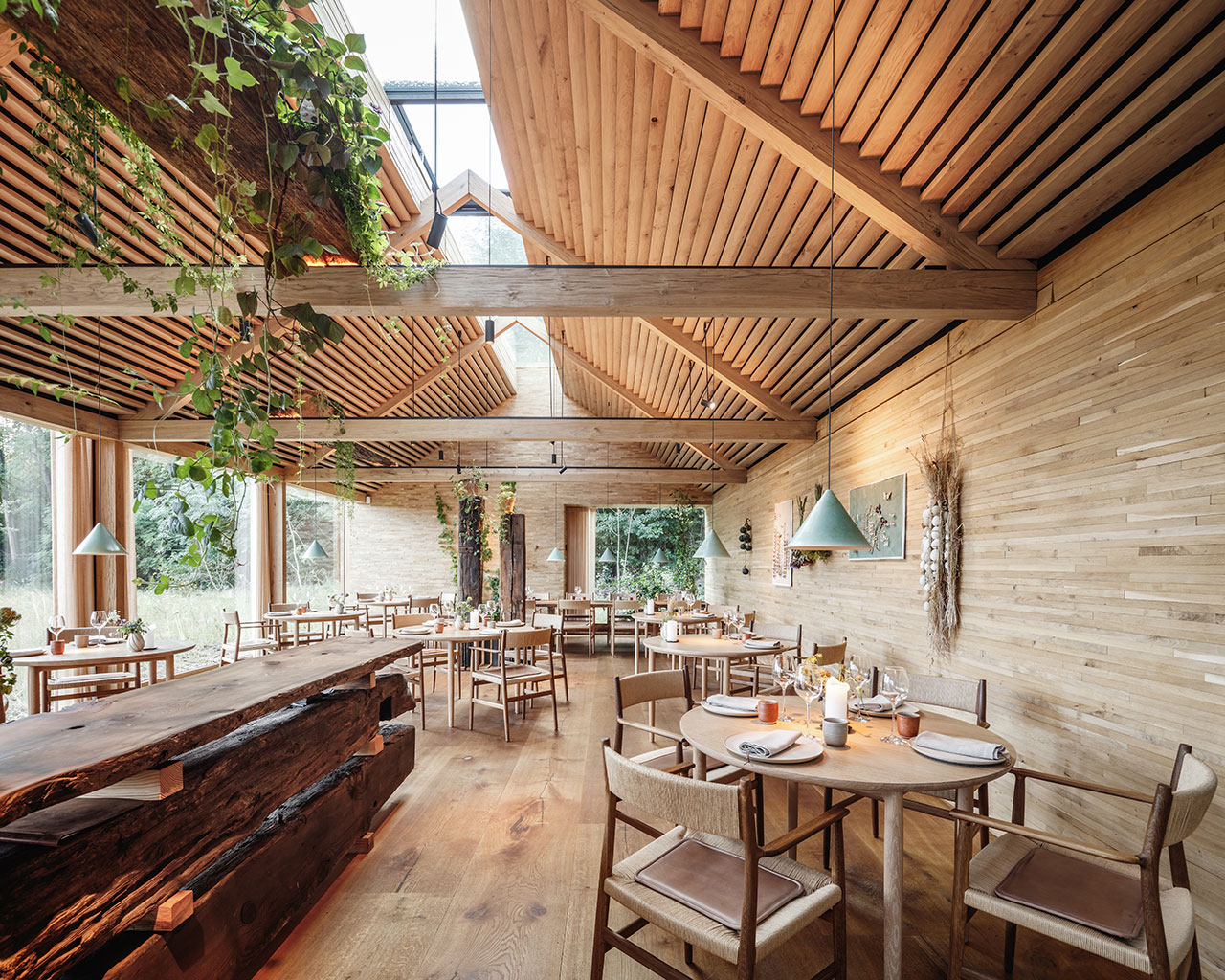
Photo by Rasmus Hjortshoj.
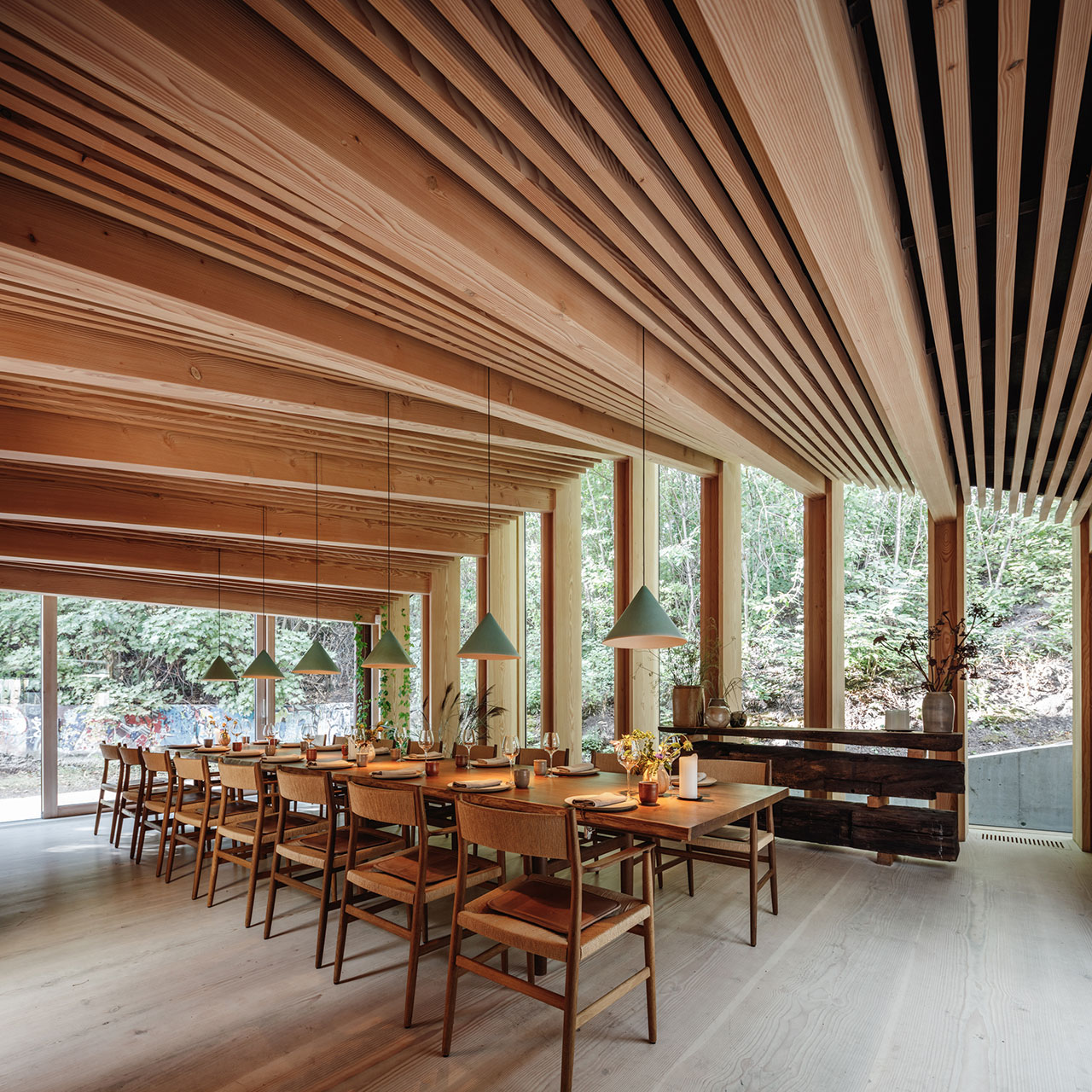
Photo by Rasmus Hjortshoj.
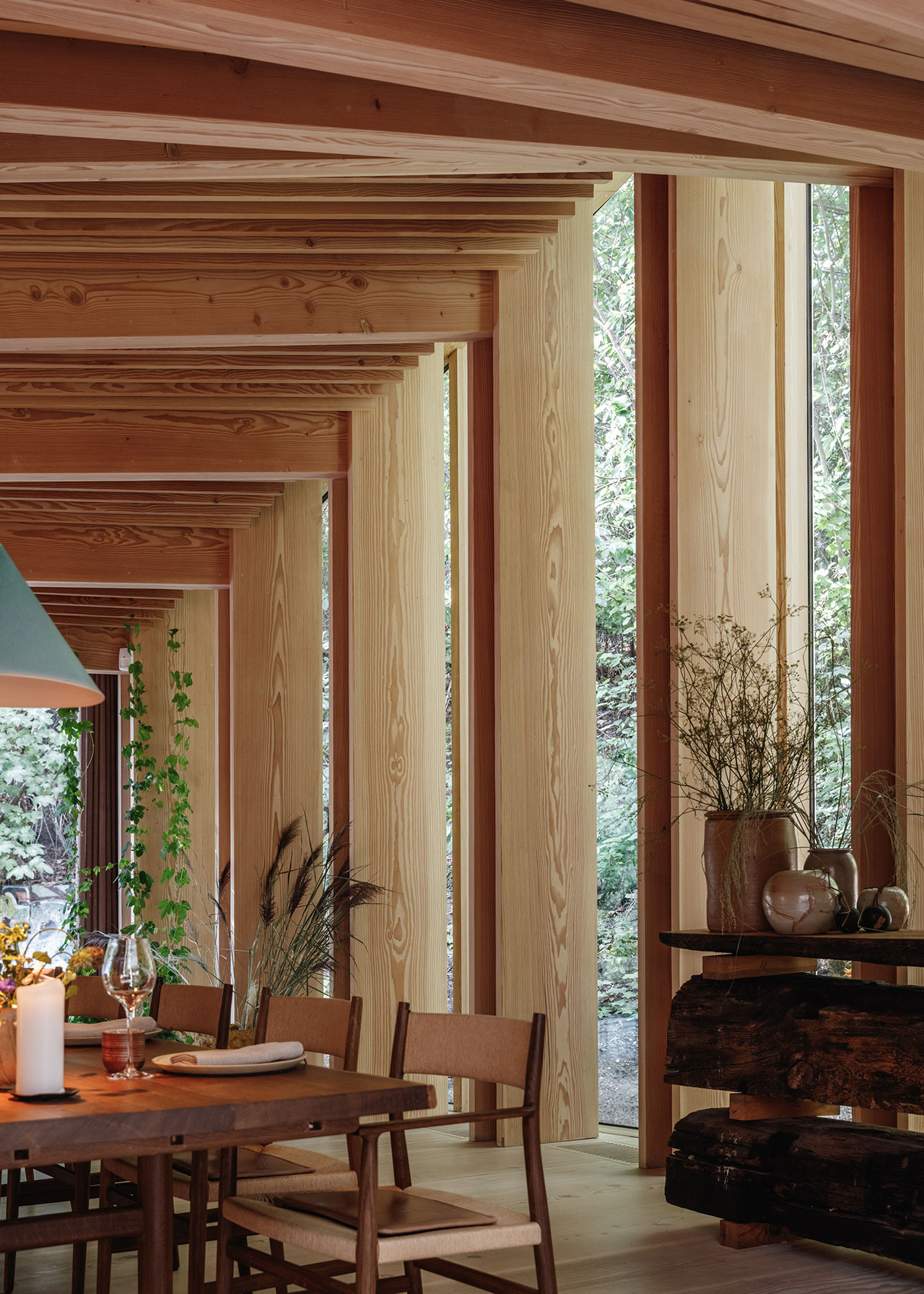
Photo by Rasmus Hjortshoj.
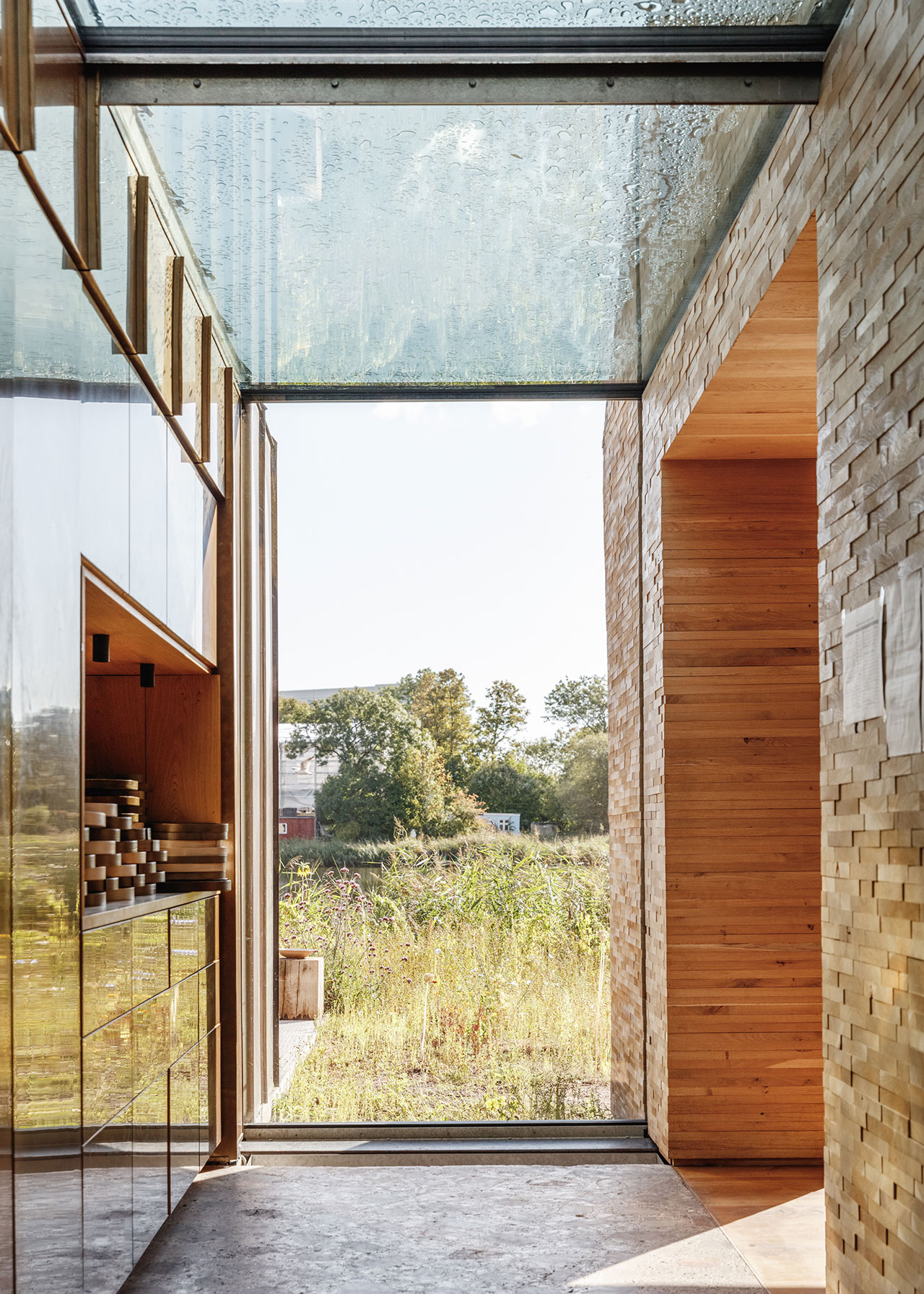
Photo by Rasmus Hjortshoj.
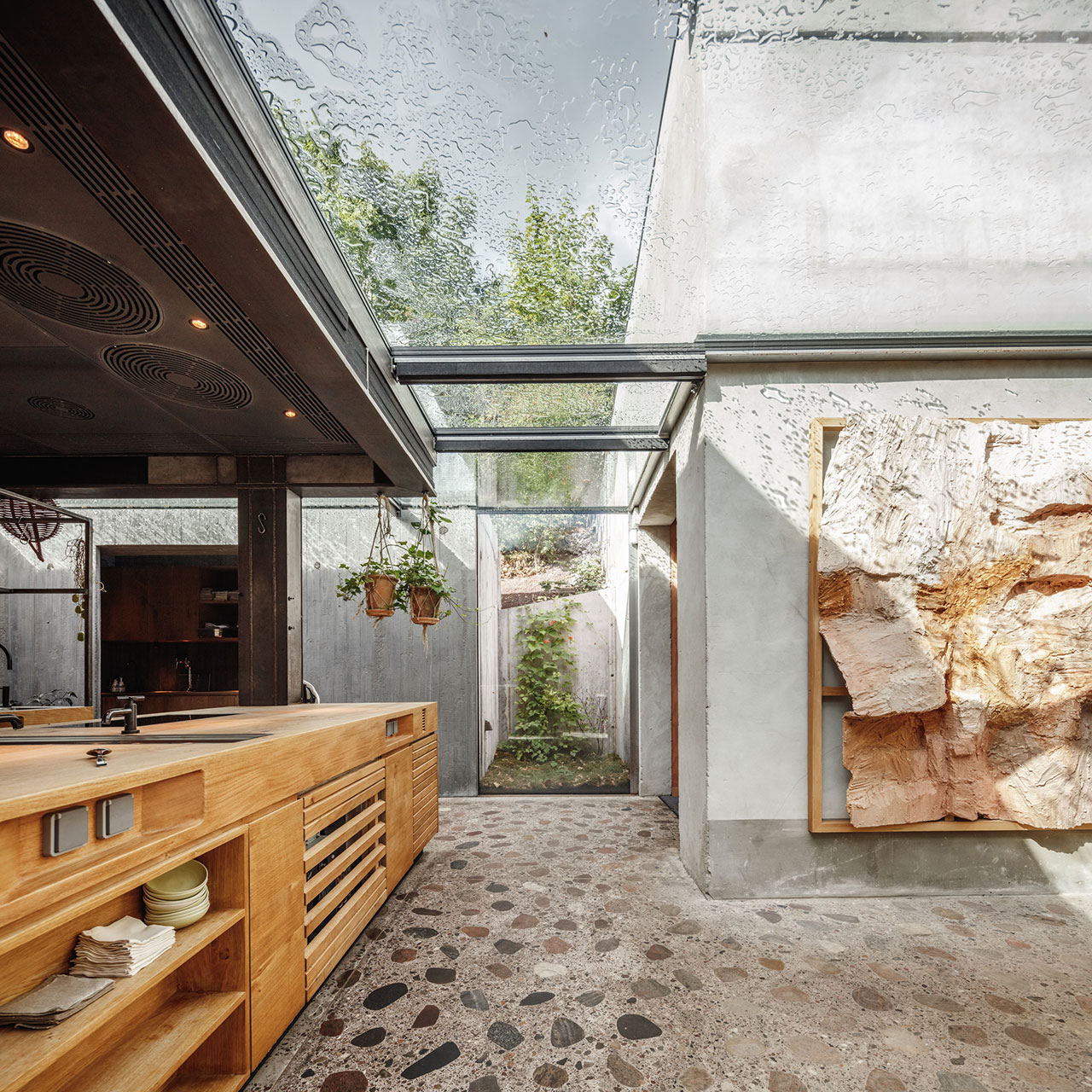
Photo by Rasmus Hjortshoj.
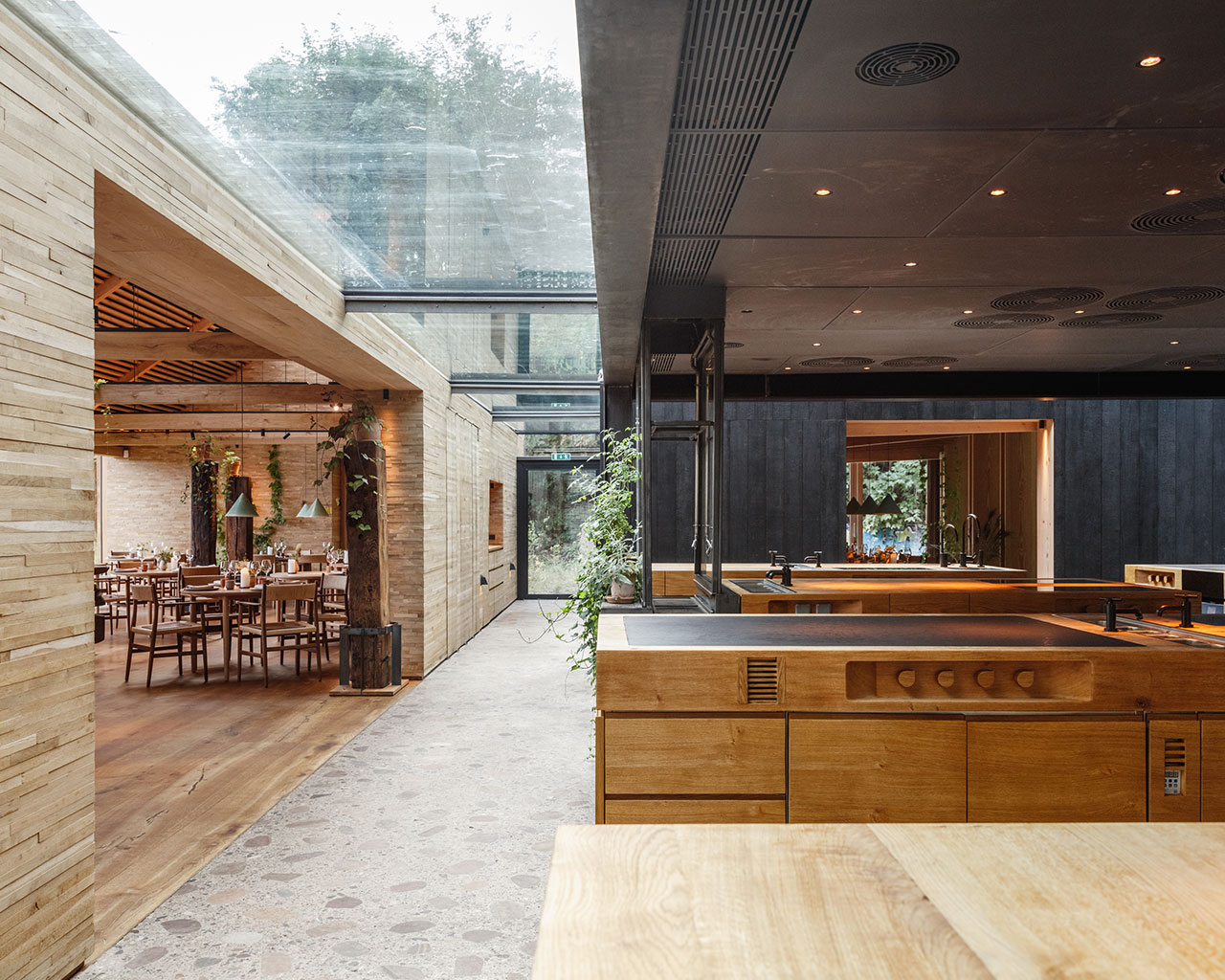
Photo by Rasmus Hjortshoj.
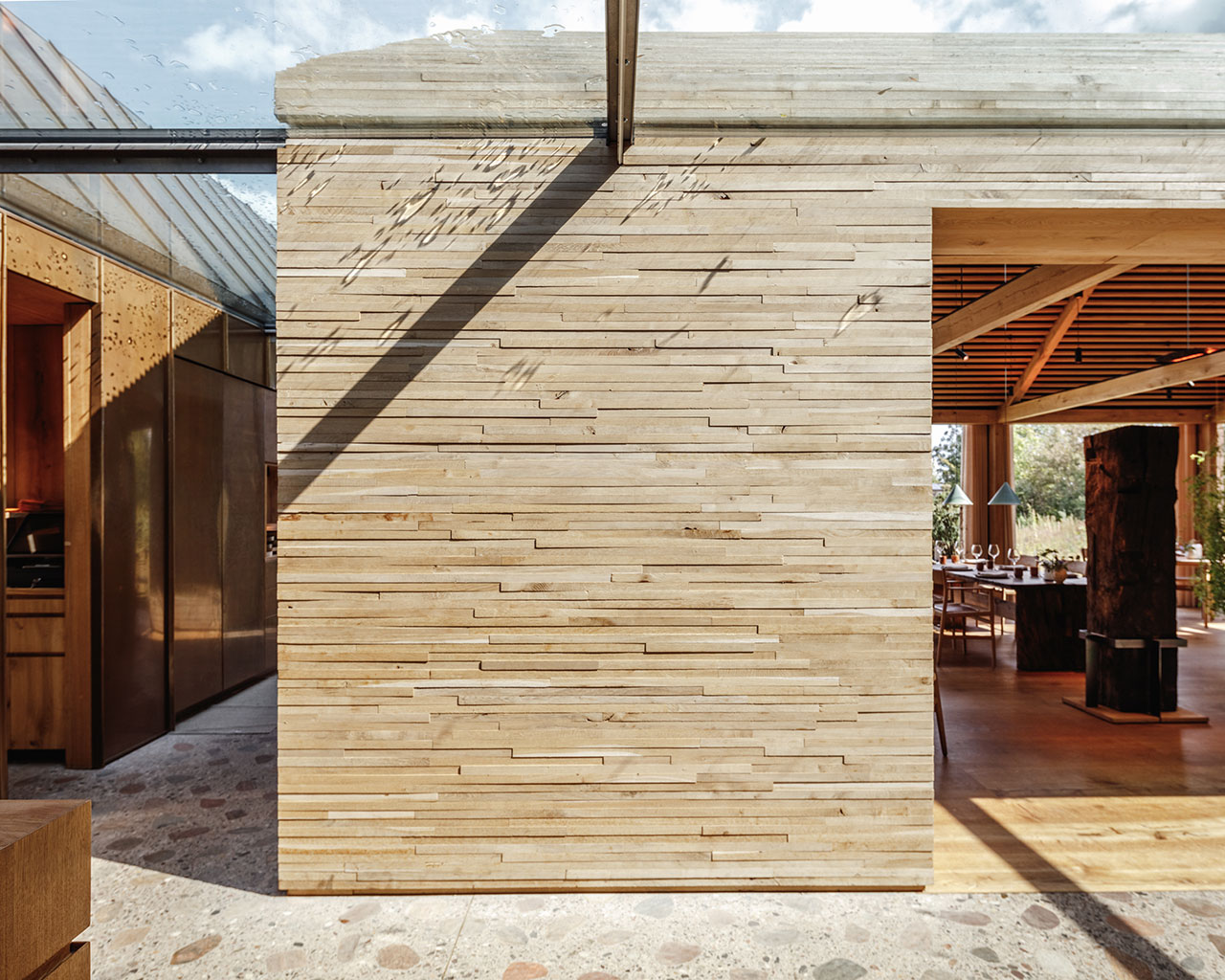
Photo by Rasmus Hjortshoj.
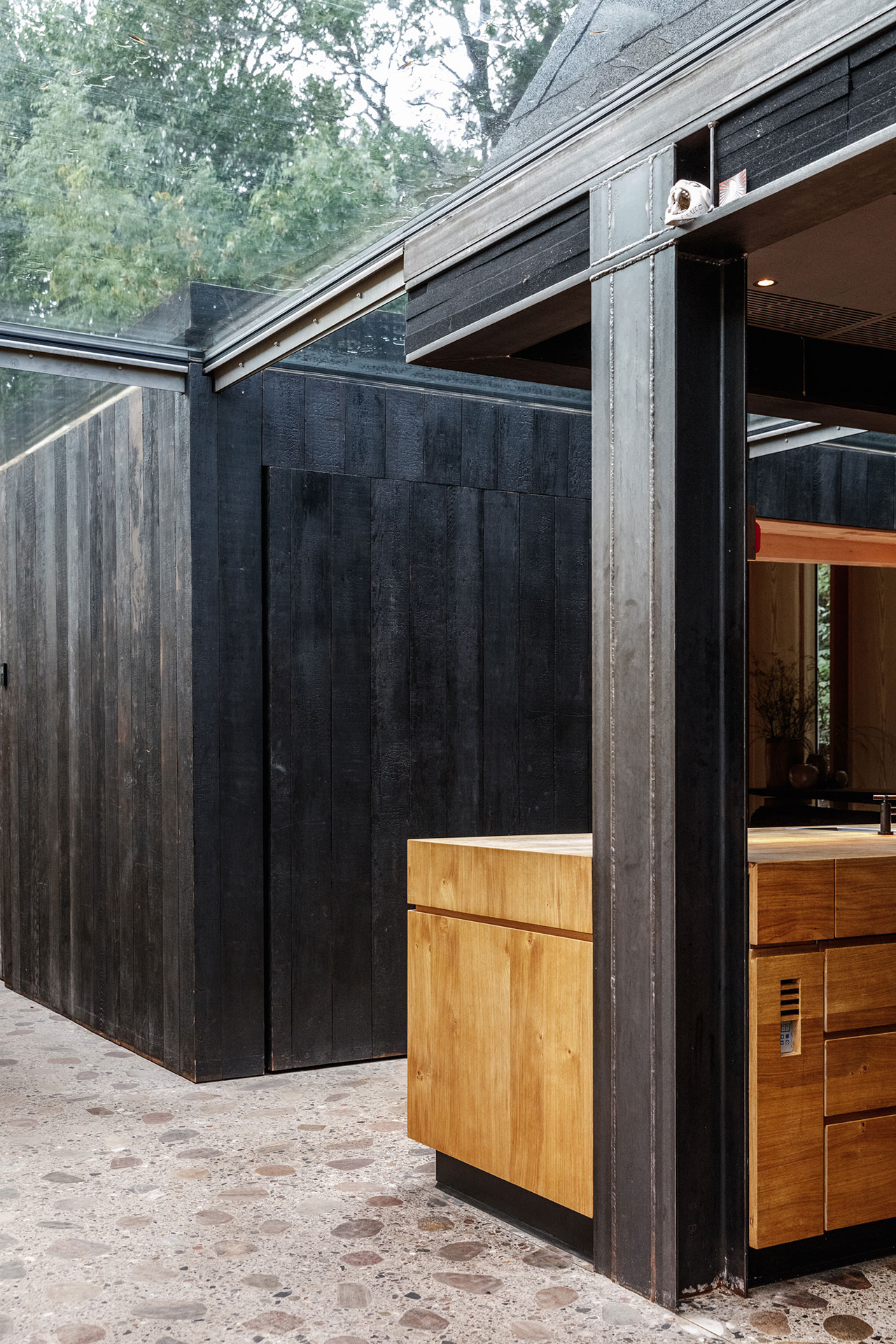
Photo by Rasmus Hjortshoj.
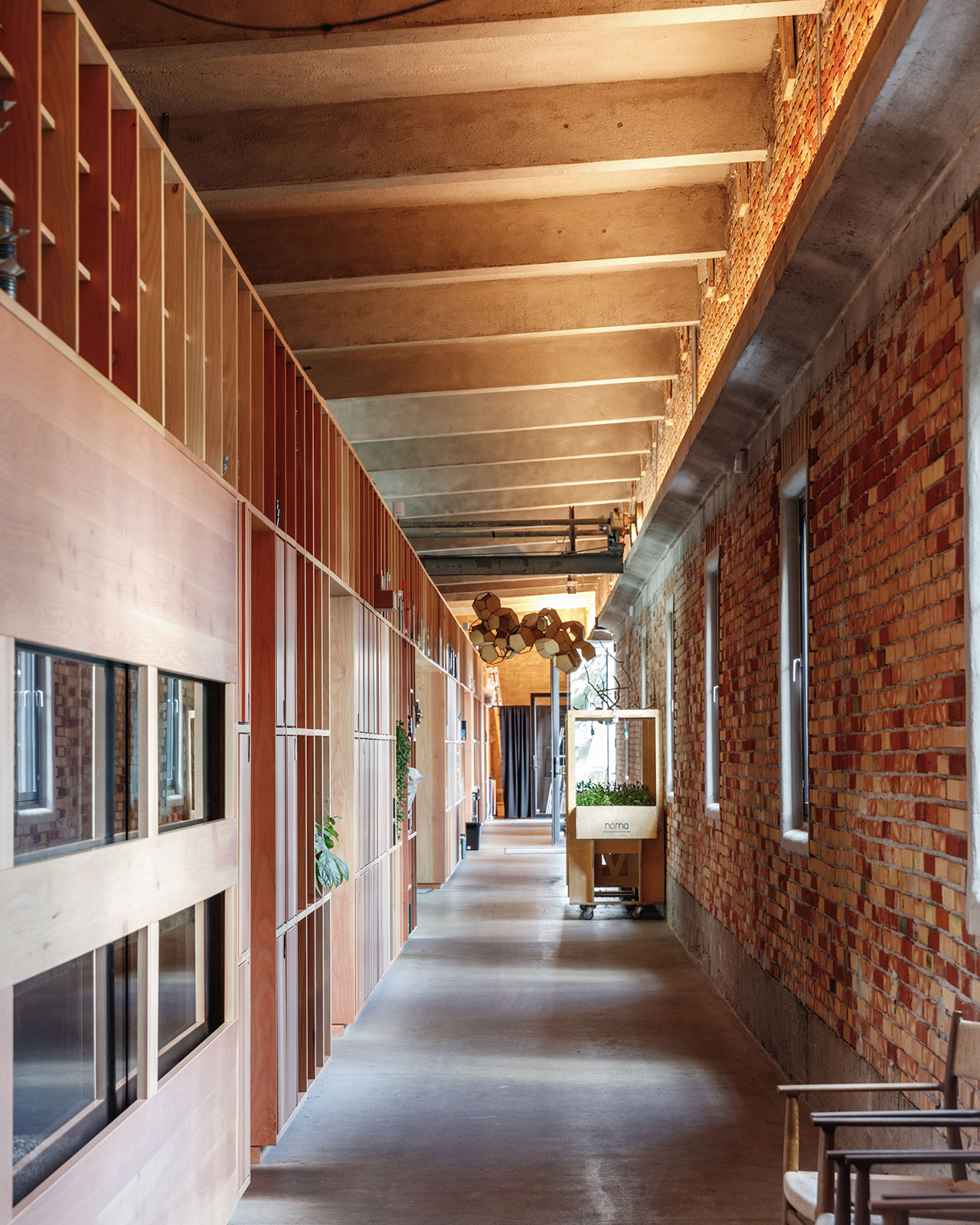
Photo by Rasmus Hjortshoj.
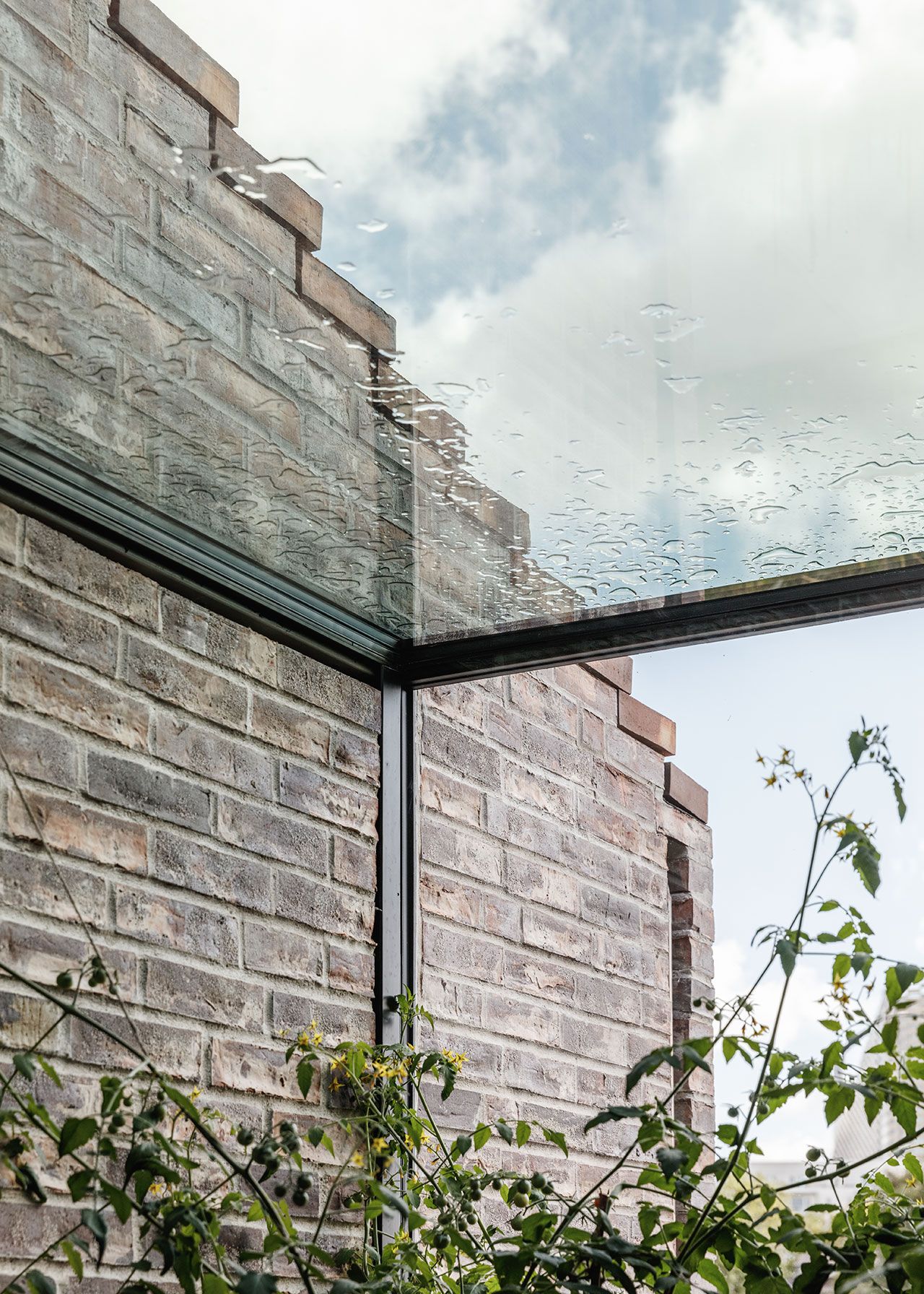
Photo by Rasmus Hjortshoj.
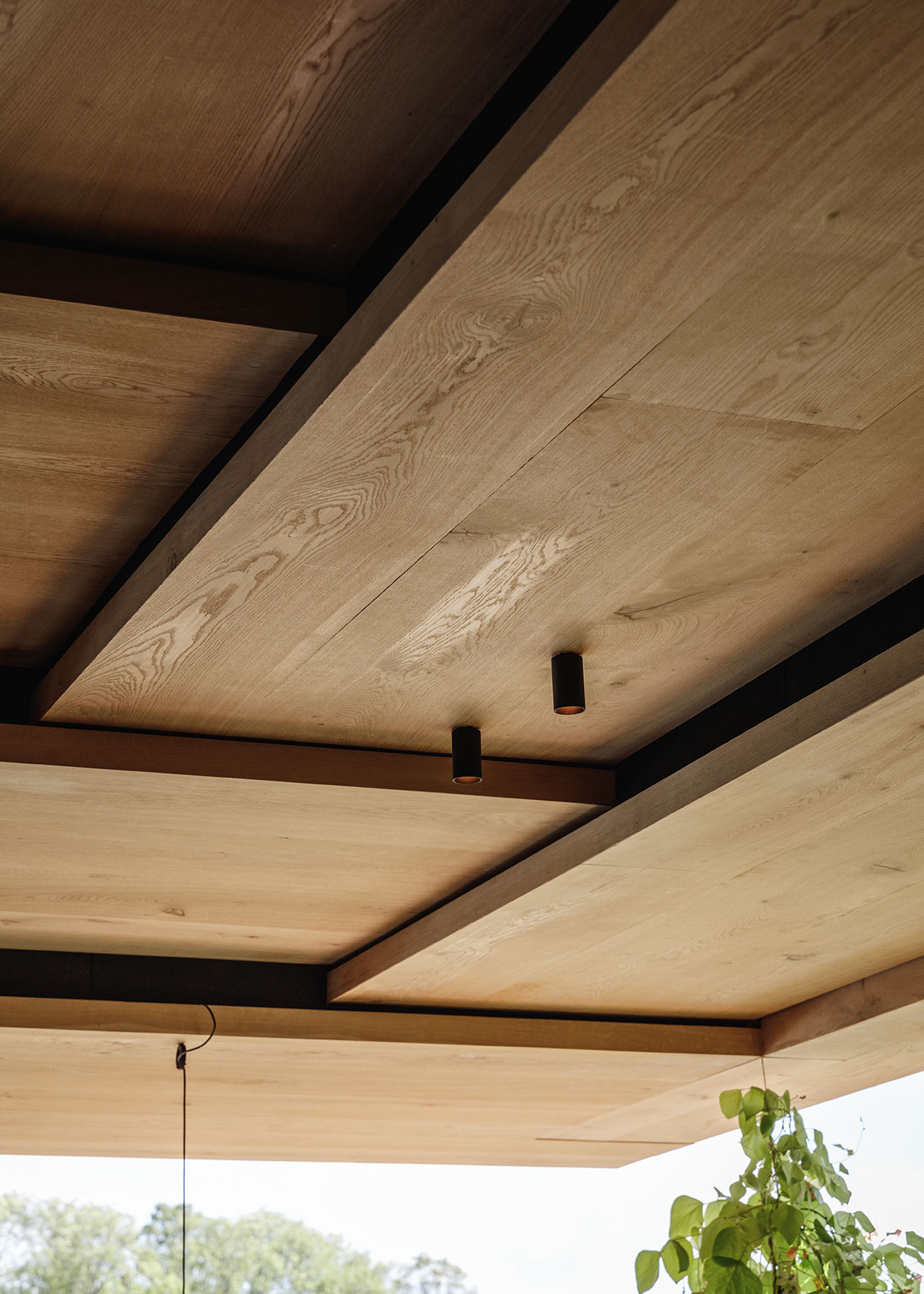
Photo by Rasmus Hjortshoj.
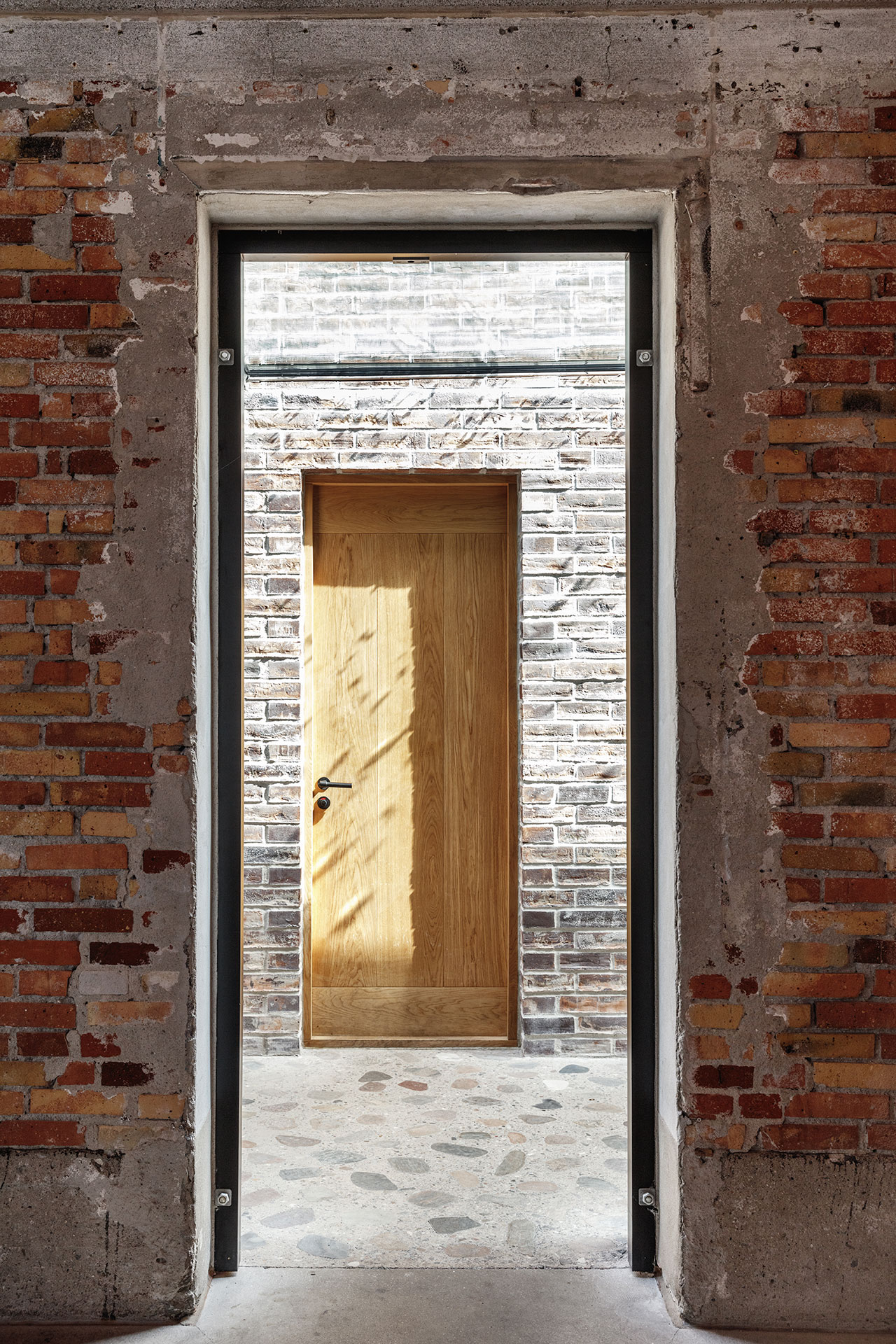
Photo by Rasmus Hjortshoj.
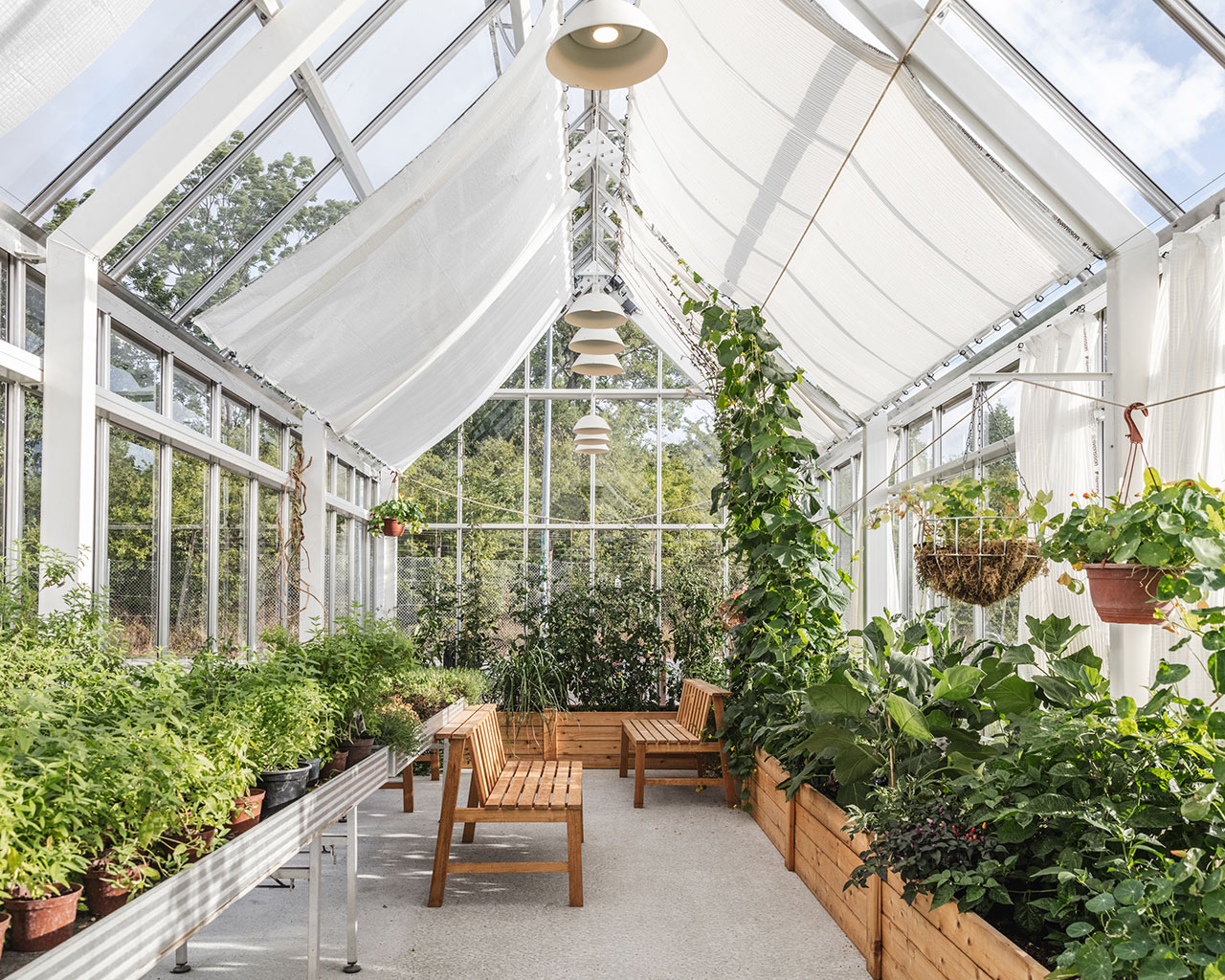
Photo by Rasmus Hjortshoj.
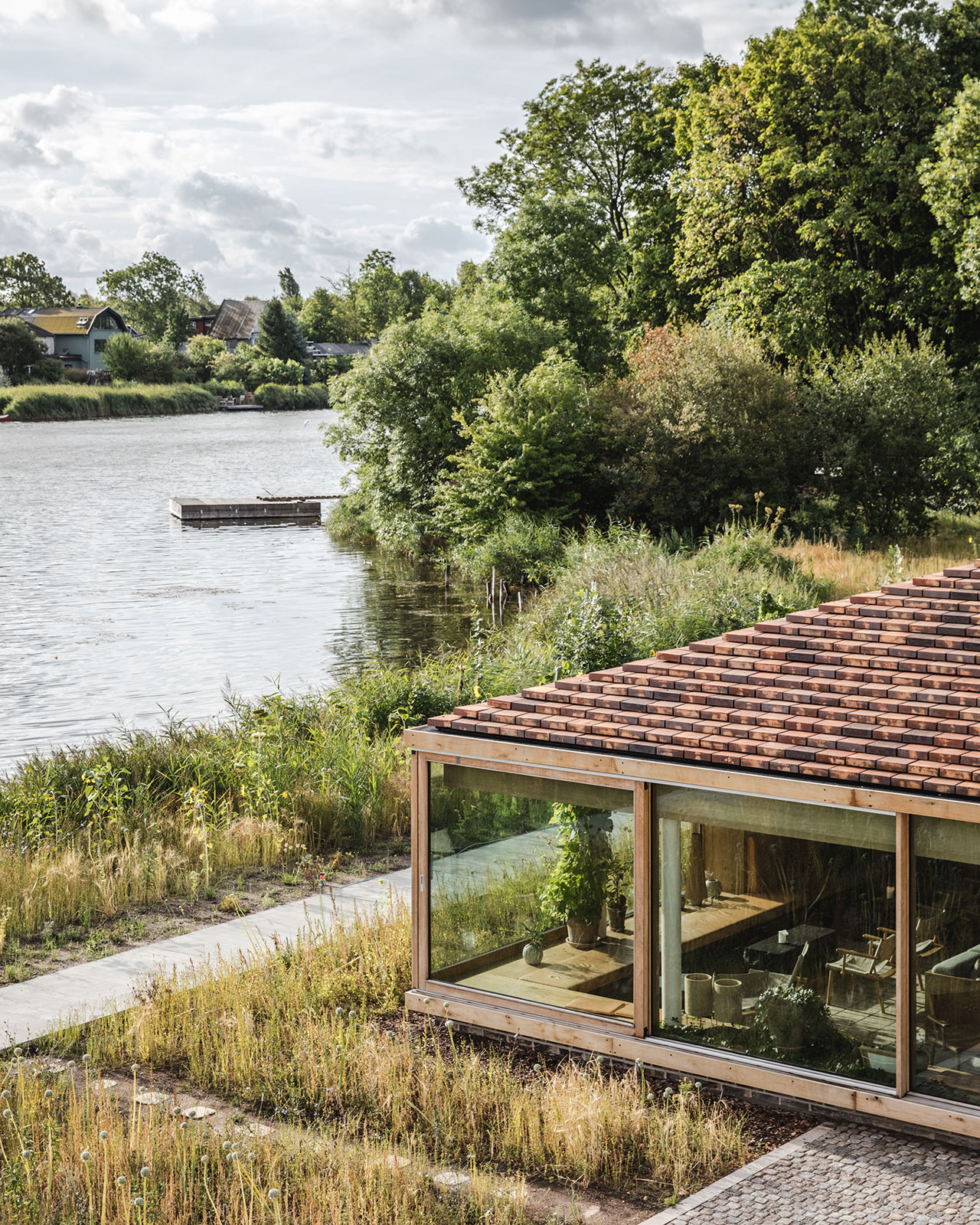
Photo by Rasmus Hjortshoj.
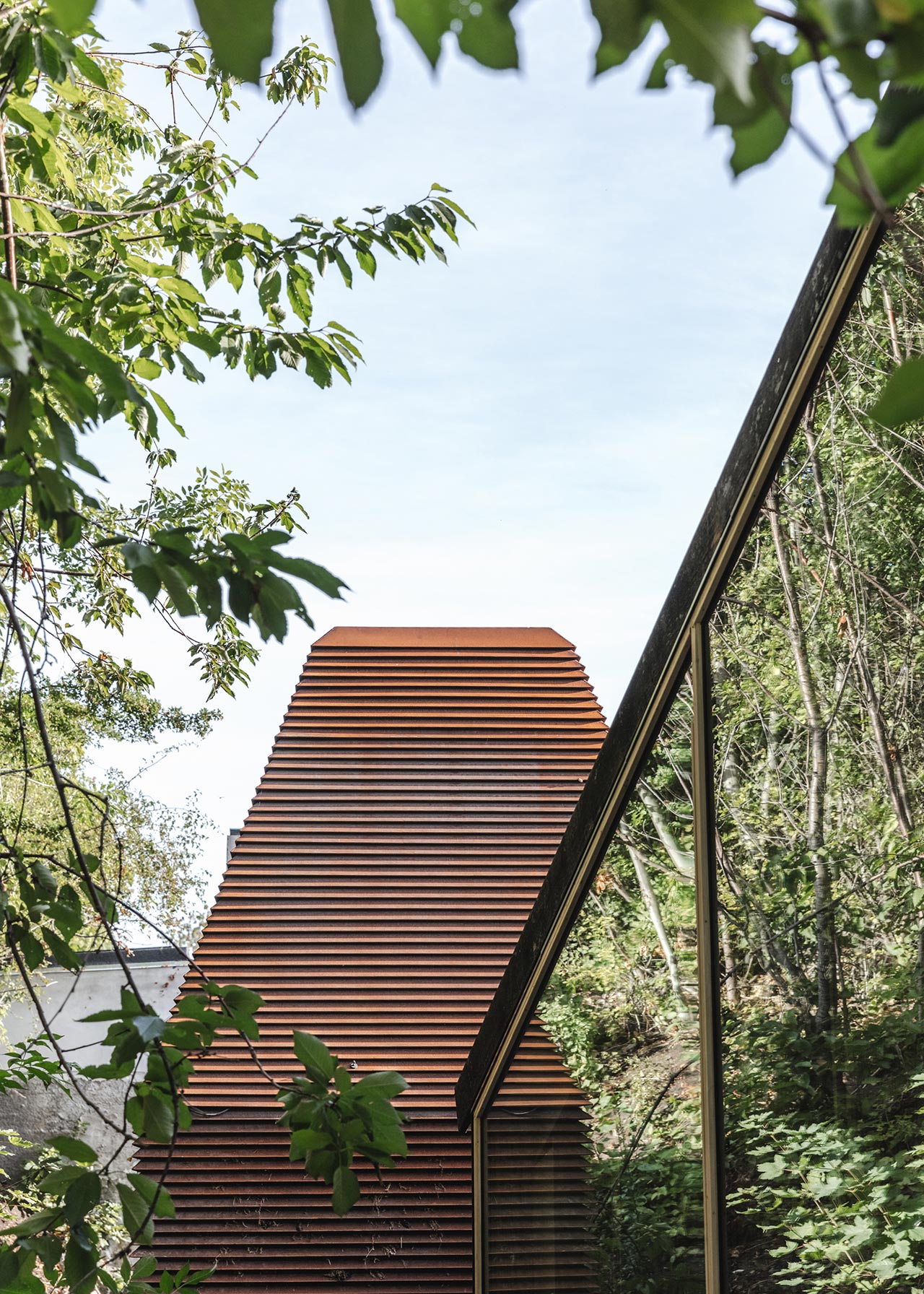
Photo by Rasmus Hjortshoj.
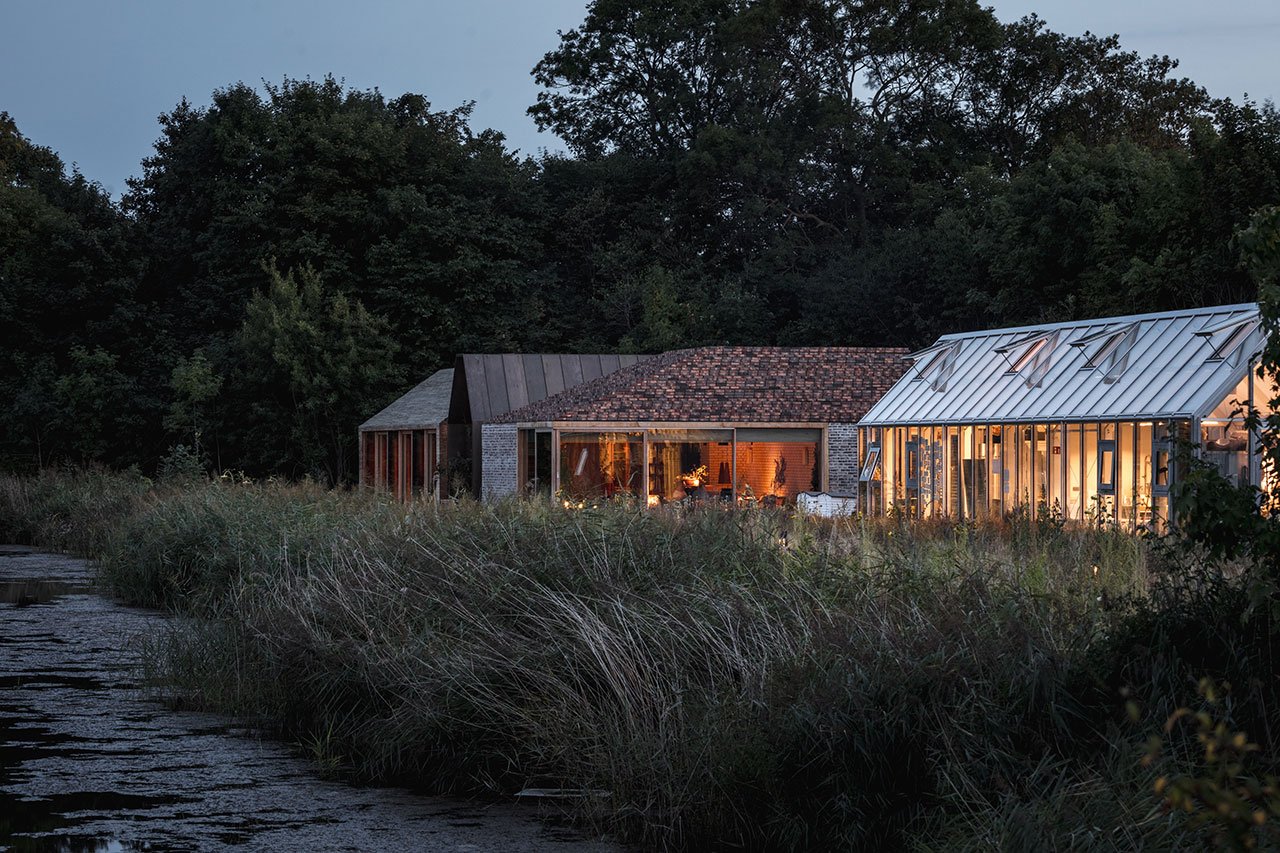
Photo by Rasmus Hjortshoj.
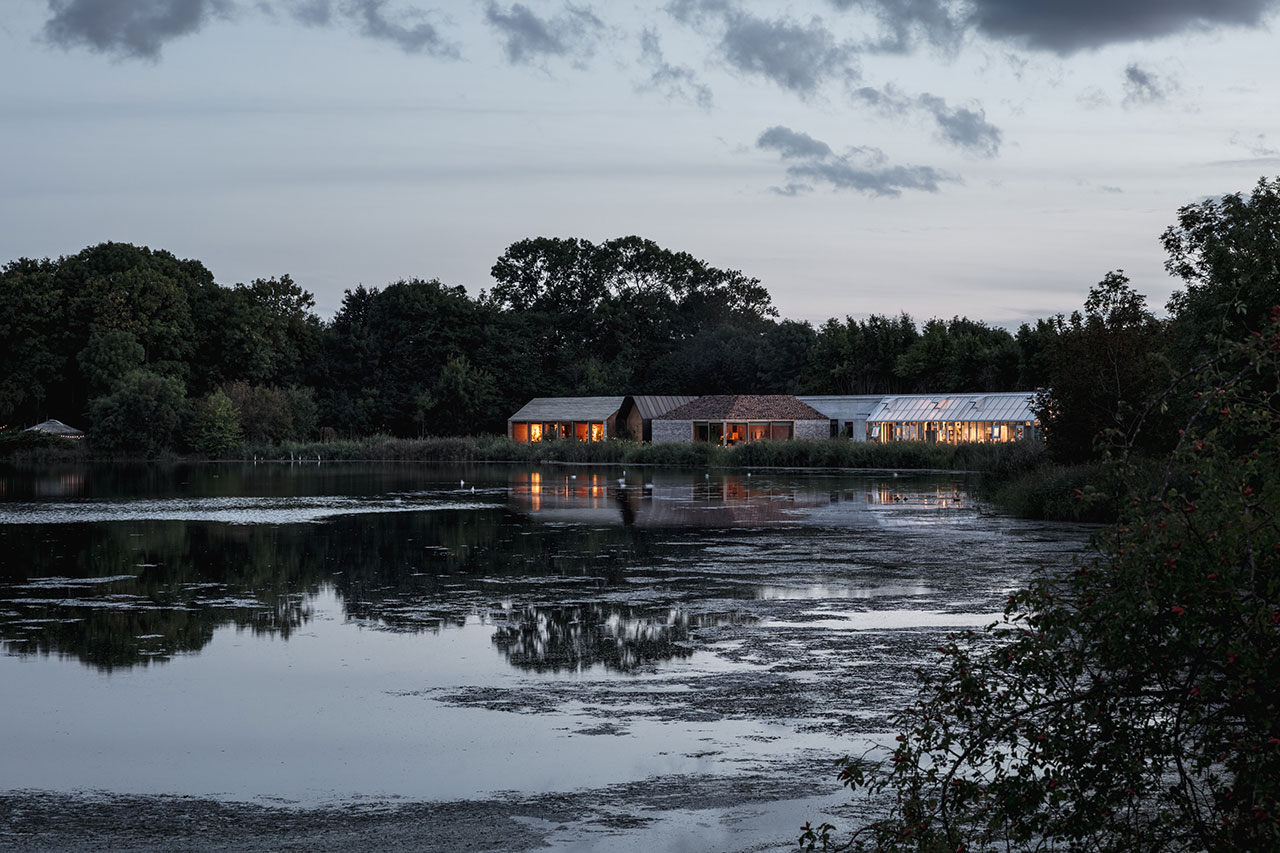
Photo by Rasmus Hjortshoj.
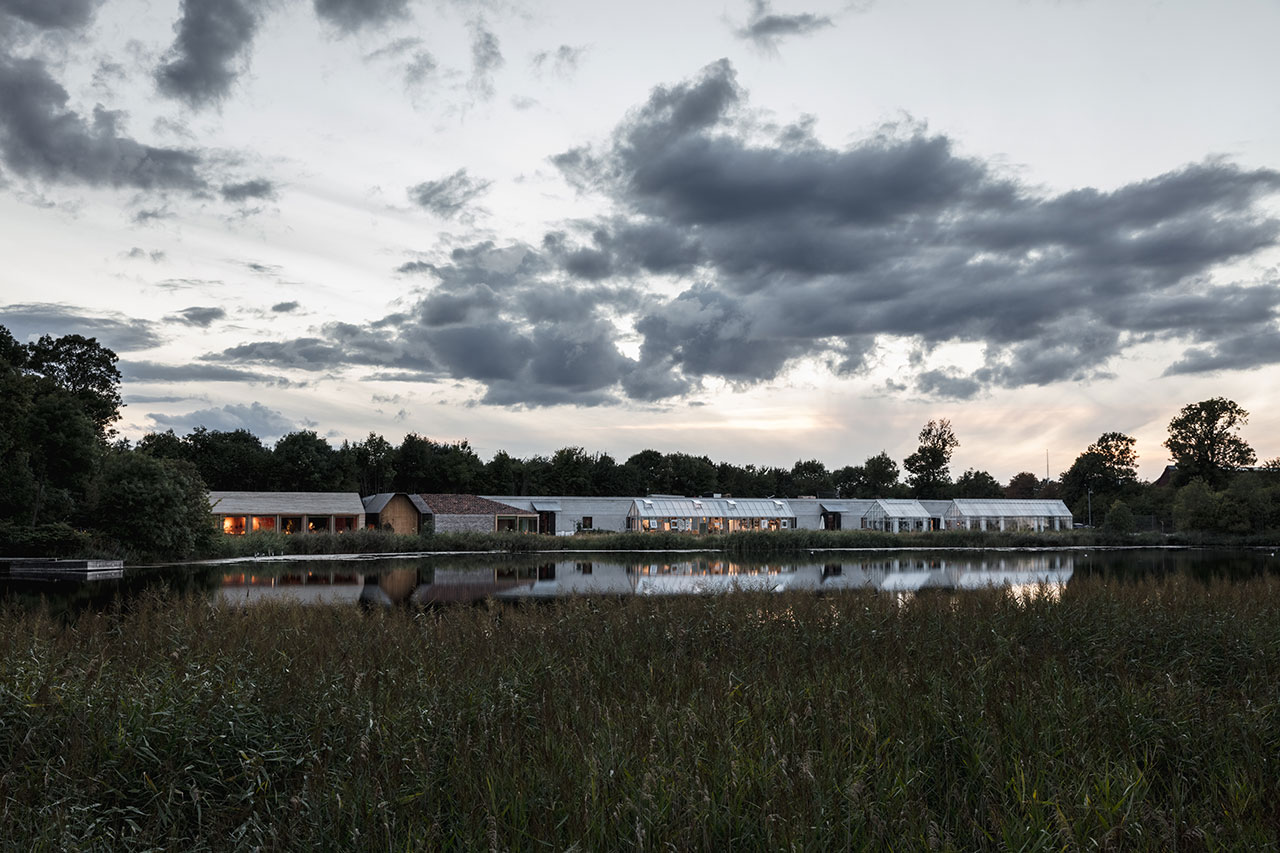
Photo by Rasmus Hjortshoj.

